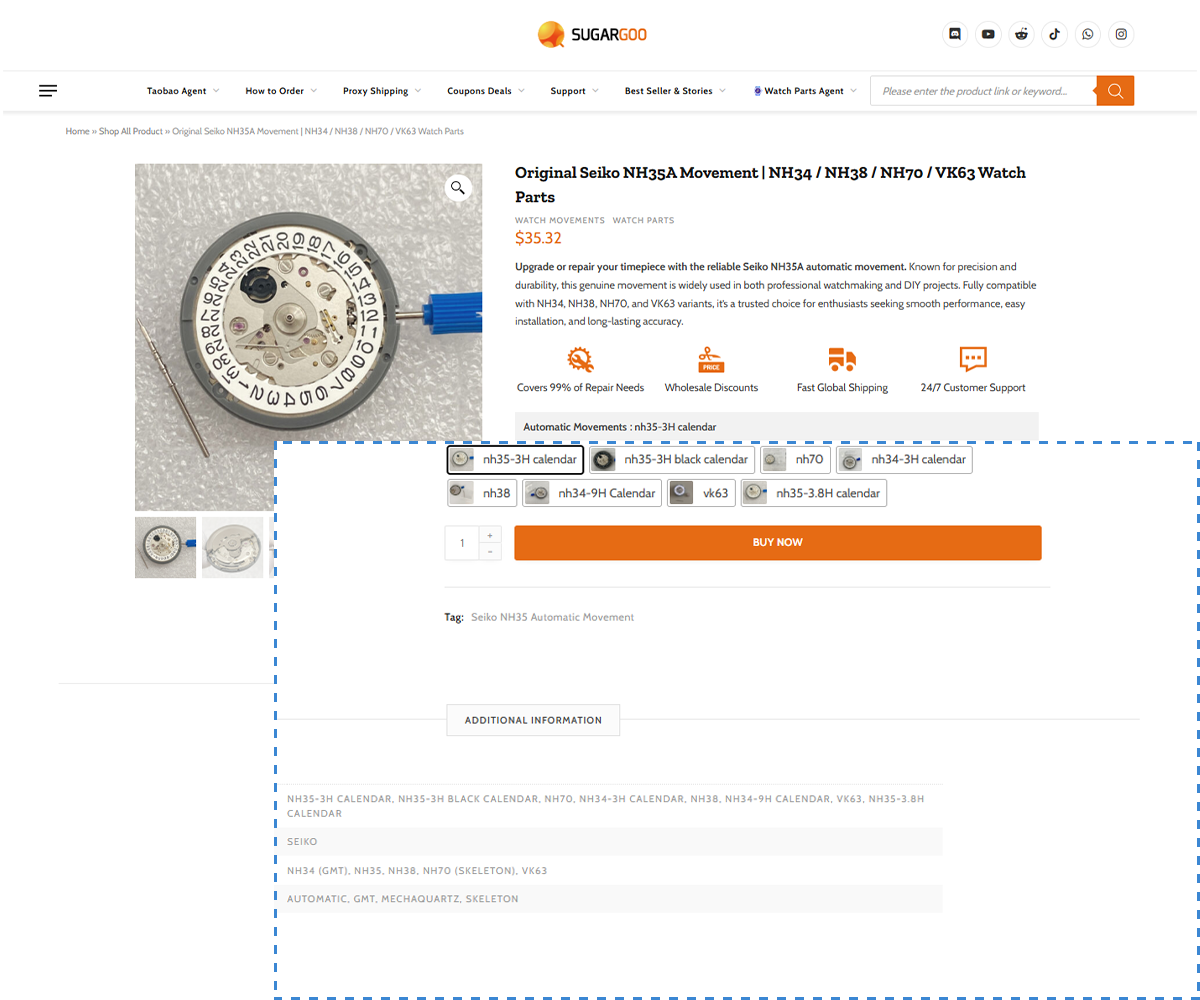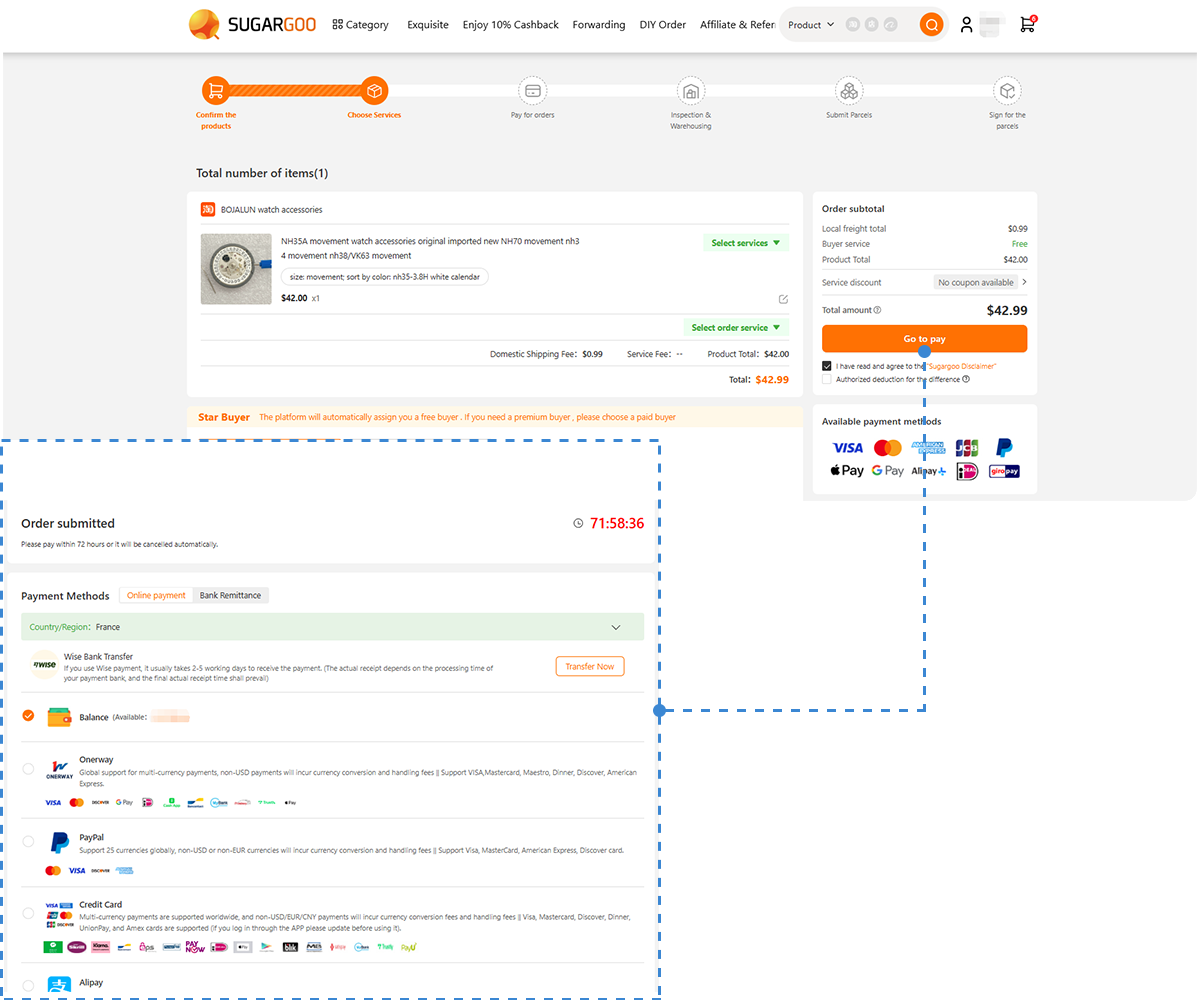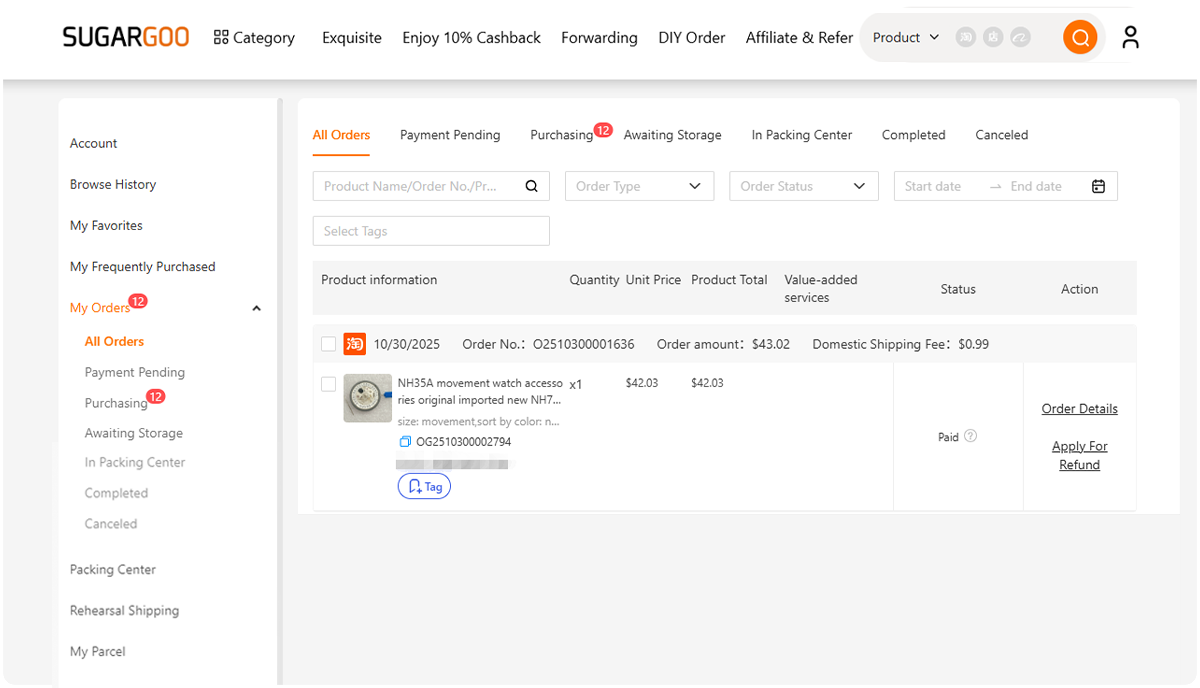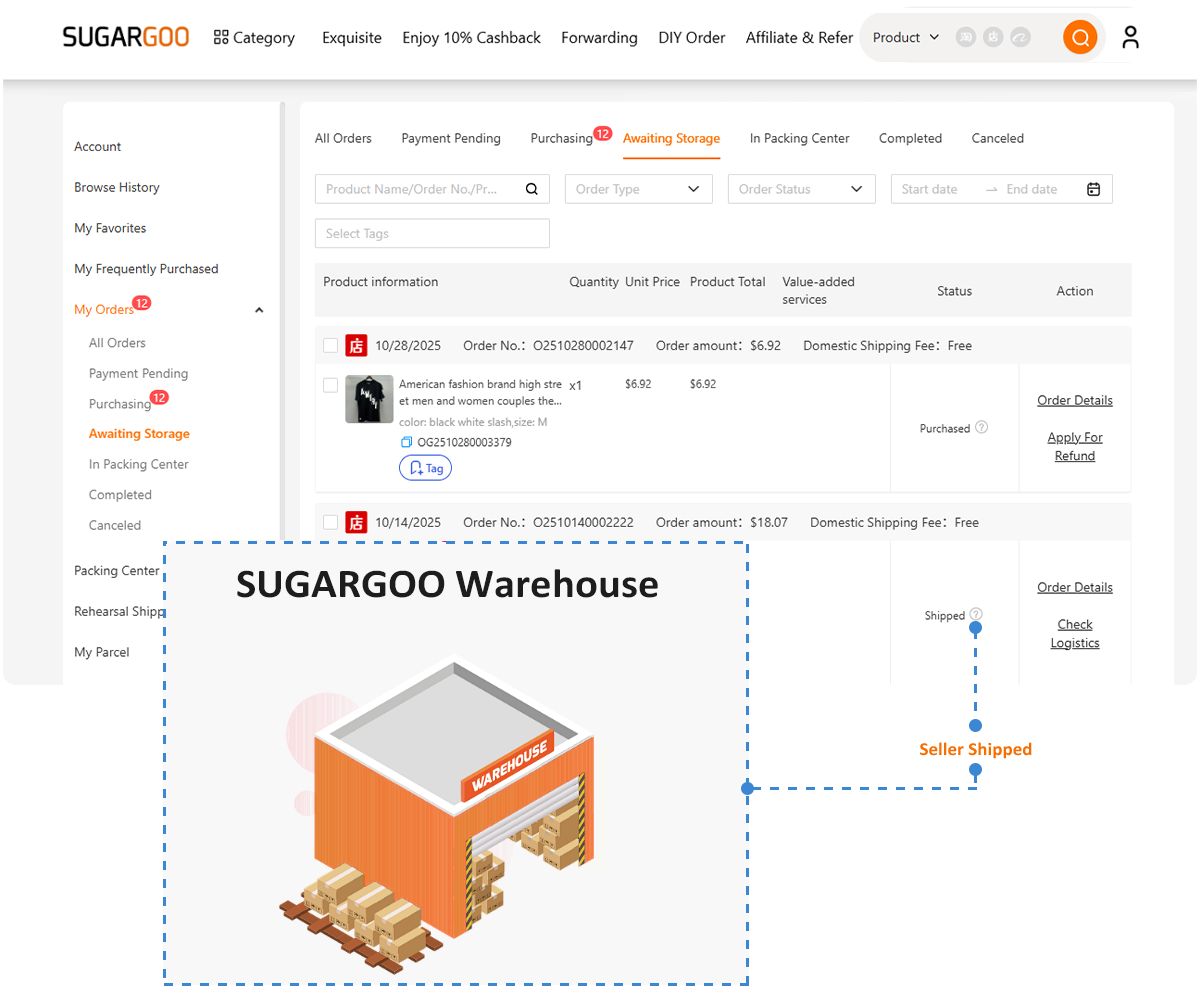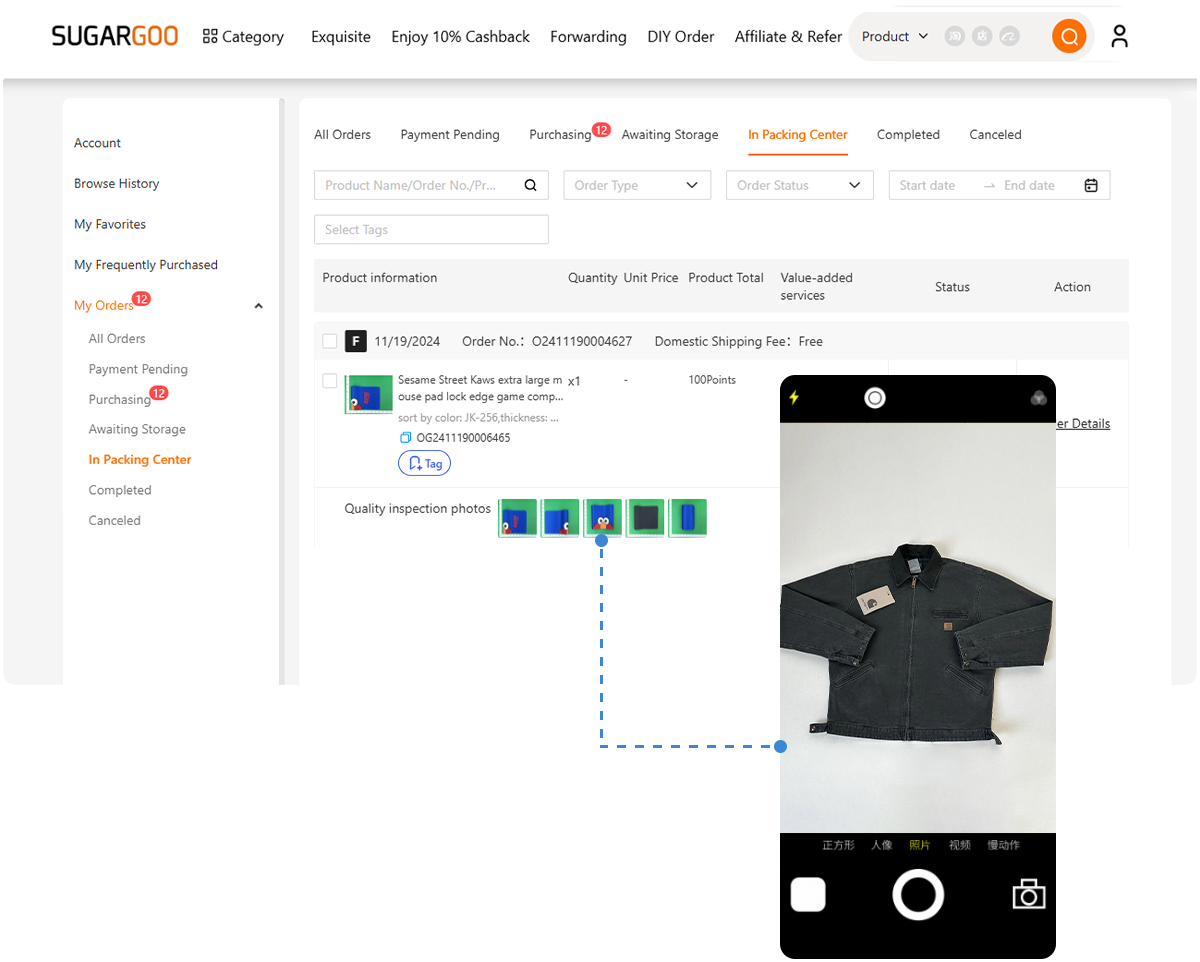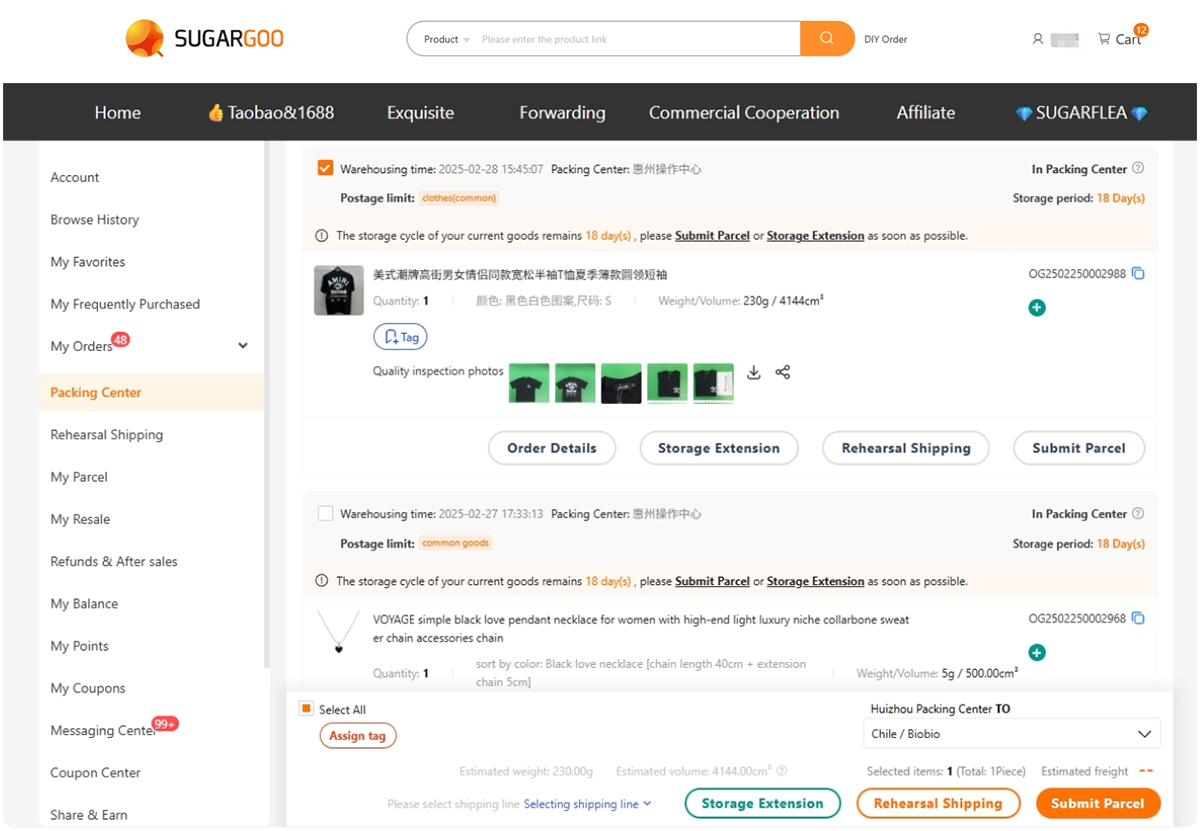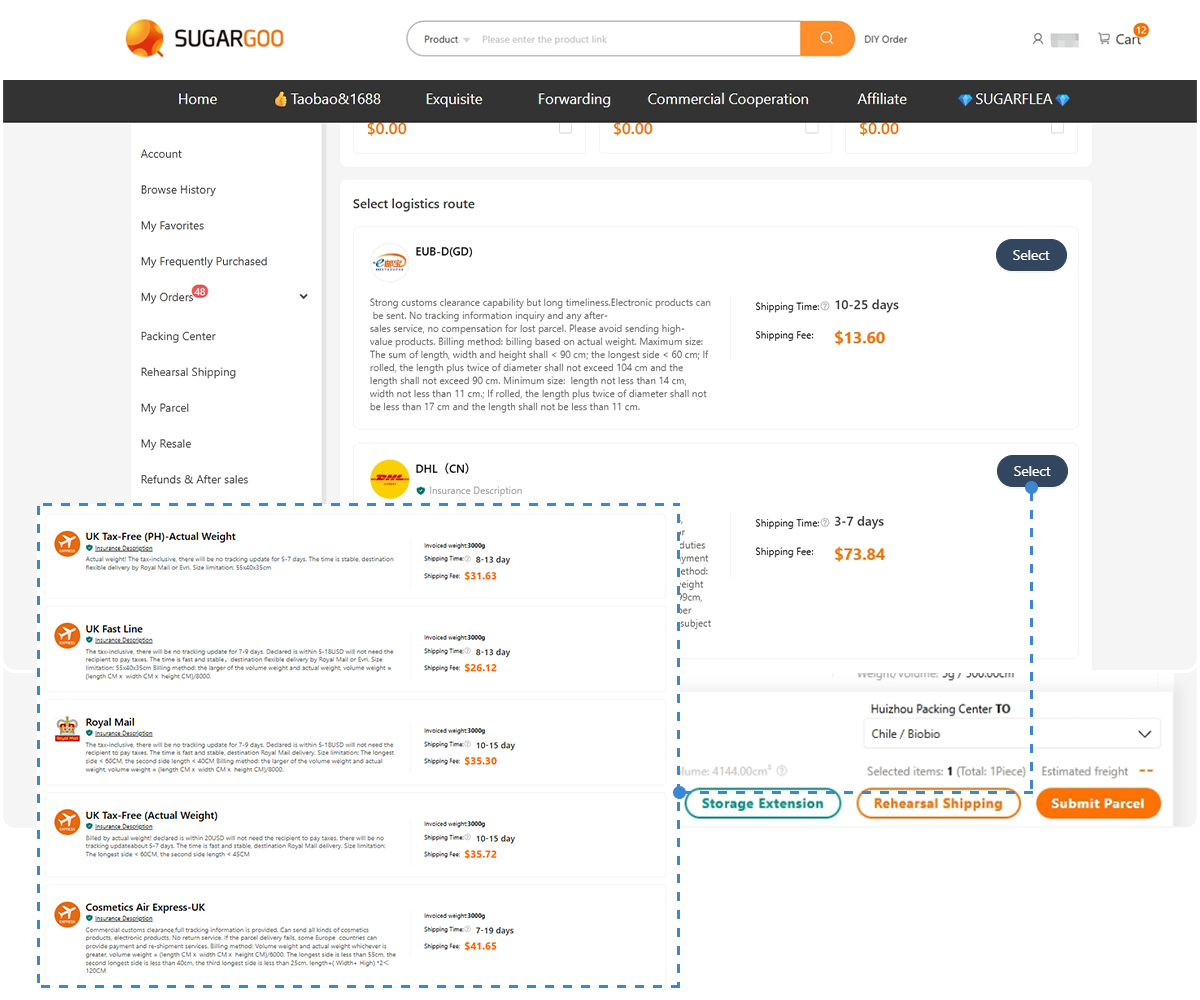- Taobao Agent
- How to Order
- Proxy Shipping
- Coupons Deals
- 🧥Hoodies & Sweatshirts
- ⌚Watch Parts Agent
Subscribe to Updates
Get the latest creative news from FooBar about art, design and business.
Author: Lainey
Sometimes the truth about Swiss watchmaking isn’t hidden behind luxury—it’s ticking right beneath it. For decades, ETA movements have powered the wrists of the world—quietly, efficiently, and almost invisibly. While most people see the brand on the dial—Tissot, Longines, Hamilton—modders and collectors see the truth: inside, there’s a small, precise engine called ETA. Today, we’re sitting with three people who know it best. Scene 1 – In the Workshop Ethan wipes dust off a half-open ETA 2824 on his bench. Lara sketches a case design beside him, while Ryan scrolls through data on his laptop. Ryan: Let’s start with the…
If you ask a watch modder what their first movement was, the answer is almost always the same: Seiko NH35. Not because it’s the cheapest, though it’s affordable. Not because it’s perfect — it has quirks, tolerances, and small flaws. But because it’s honest. Seiko’s movements don’t pretend to be something they’re not. They were designed for precision, built for reliability, and accidentally became the foundation of an entire underground culture — the Seiko modding world. This is the story of why Seiko movements dominate everything — from beginner DIY builds to professional microbrand watches — and why, decades after…
It happens to every Seiko modder at least once. You finish assembling your NH35 movement, the dial looks perfect, hands aligned, crystal spotless. Then you turn the crown to test the date — and your heart sinks. The number sits slightly off-center in the window. Not a disaster, but not right either. That small misalignment is one of the most frustrating problems in watch modding because it challenges what you think you know about precision. A date wheel that’s even half a millimeter off destroys the illusion of craftsmanship. The good news: it can be fixed. The better news: fixing…
“You don’t build a watch to tell time,” the old modder said, “You build one to feel it.” It was late — a desk lamp flickering over an organized mess: NH35 movements, sapphire crystals, open cases, and the faint smell of machine oil. This wasn’t a factory. It was a small temple for patience. And that night, under the quiet hum of the fan, I began my first full build. Not a strap change. Not a dial swap. A from-scratch mod — one where every mistake, every breath, every screw meant something. Chapter 1: The First Rule — You Don’t…
If you’ve ever tried changing your own watch strap, you probably remember the sound — that faint click, followed by a deep sigh of relief. Or maybe the other sound — a scratch, followed by silence and regret. Either way, that first strap change is where most watch modders truly begin. People think building or modifying a watch starts with movements or cases. It doesn’t. It starts with a small metal rod — the spring bar — and your courage to take something apart for the first time. And that’s where mistakes are born. Because the moment you hold that…
(A deep-dive comparison between Seiko’s two most popular mechanical hearts — told through the eyes of the builders who use them.) 1. A Tale of Two Movements Every great debate in watch modding circles starts the same way. Someone posts a photo of their build and writes: “Used an NH36 instead of an NH35 — game changer.” And the replies flood in. Some say the NH35 is all you’ll ever need. Others swear by the NH36 like it’s a secret upgrade you can’t unsee. But beneath the noise lies a fascinating truth: these two Seiko movements aren’t rivals — they’re…
(Why the way your watch ticks says more about you than time itself.) 1. The Moment You Hear the Tick You don’t notice it until you really listen. One watch ticks like a heartbeat — steady, alive, almost breathing. The other ticks like a metronome — sharp, precise, without hesitation. Both tell the same time. But they don’t feel the same. One is mechanical. The other is quartz. And that difference — between pulse and pulse — divides the entire philosophy of watchmaking. 2. The Story of Two Heartbeats It all began, ironically, in Japan. When Seiko released the world’s…
(An in-depth story about the world’s most loved movement among DIY builders and watch tinkerers) 🎙️ Introduction: A Workhorse That Refused to Die There are movements that changed the history of watchmaking — Rolex 3135, Omega 321, ETA 2824. And then there’s Seiko NH35 — the one that quietly changed our generation. If you’ve ever opened a modding forum, scrolled through Instagram builds, or browsed Sugargoo’s watch movements catalog, one name appears again and again: NH35. It doesn’t shout. It doesn’t pretend to be Swiss. It just works. That’s why modders call it “the Toyota engine of watchmaking.” Reliable, fixable,…
Interview with Master Watchmaker Lucien Dufresne – 43 years in horology, ex-ETA engineer, independent modding consultant. Interviewer: Lucien, everyone in the watch world says “Swiss movement” like it’s some kind of gold standard. But in 2025, with NH35s, Miyotas, and even Chinese clones getting better — is it still true? Lucien: “Truth never expires. It just gets quieter.” When people say Swiss movement, they’re not talking about geography. They’re talking about discipline. Swiss watches didn’t become the standard because of magic — they became the standard because they refused shortcuts. Every wheel, every bridge, every gear in those movements has…
“Most watch problems aren’t mechanical — they’re human.” That’s what the old man told me the day I brought him my first broken Seiko. He didn’t even look up from his loupe. Just listened to the faint tick, smiled, and said, “Don’t worry. It’s not dead. It’s just waiting for you to understand it.” That moment stuck with me. Because if you’ve ever built, worn, or fixed a watch, you know — they don’t just break; they communicate. You just have to learn their language. In this long conversation, we’ll go through 10 problems every modder or enthusiast faces —…


